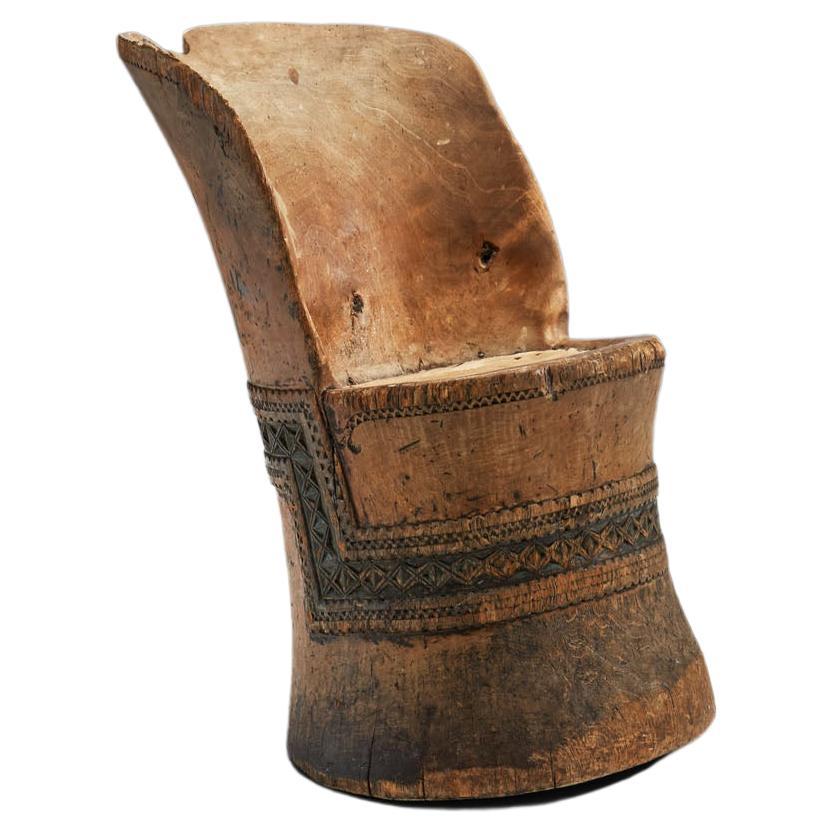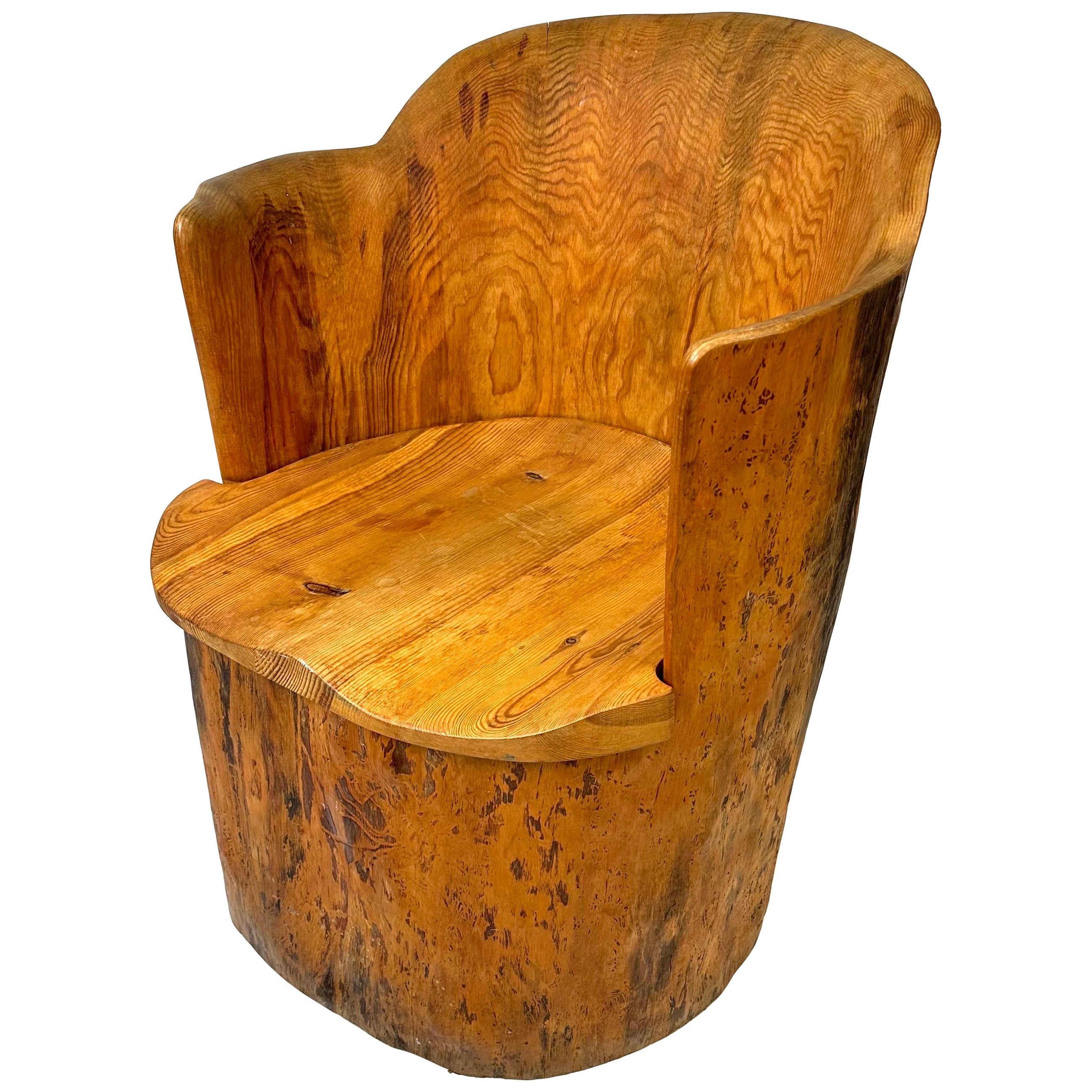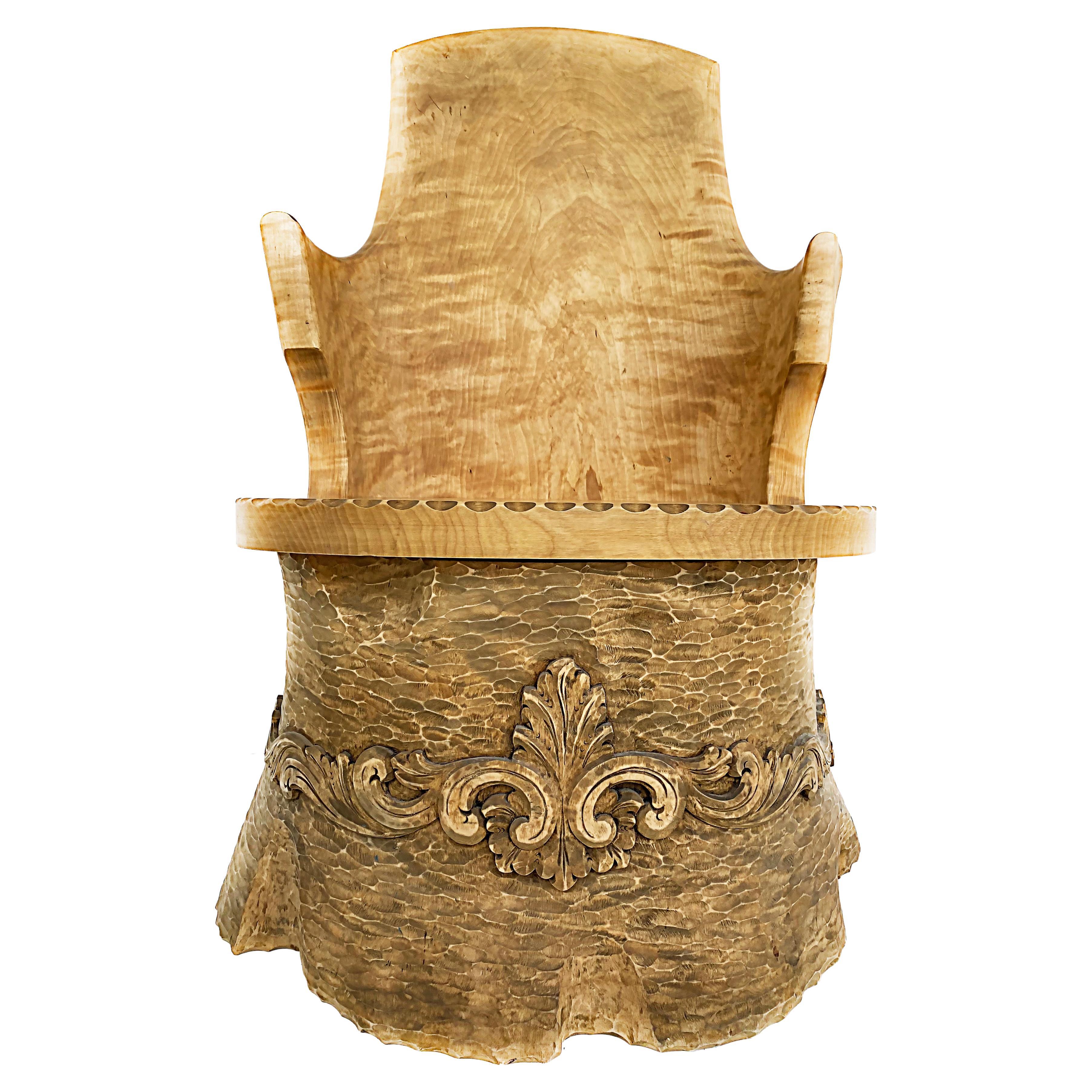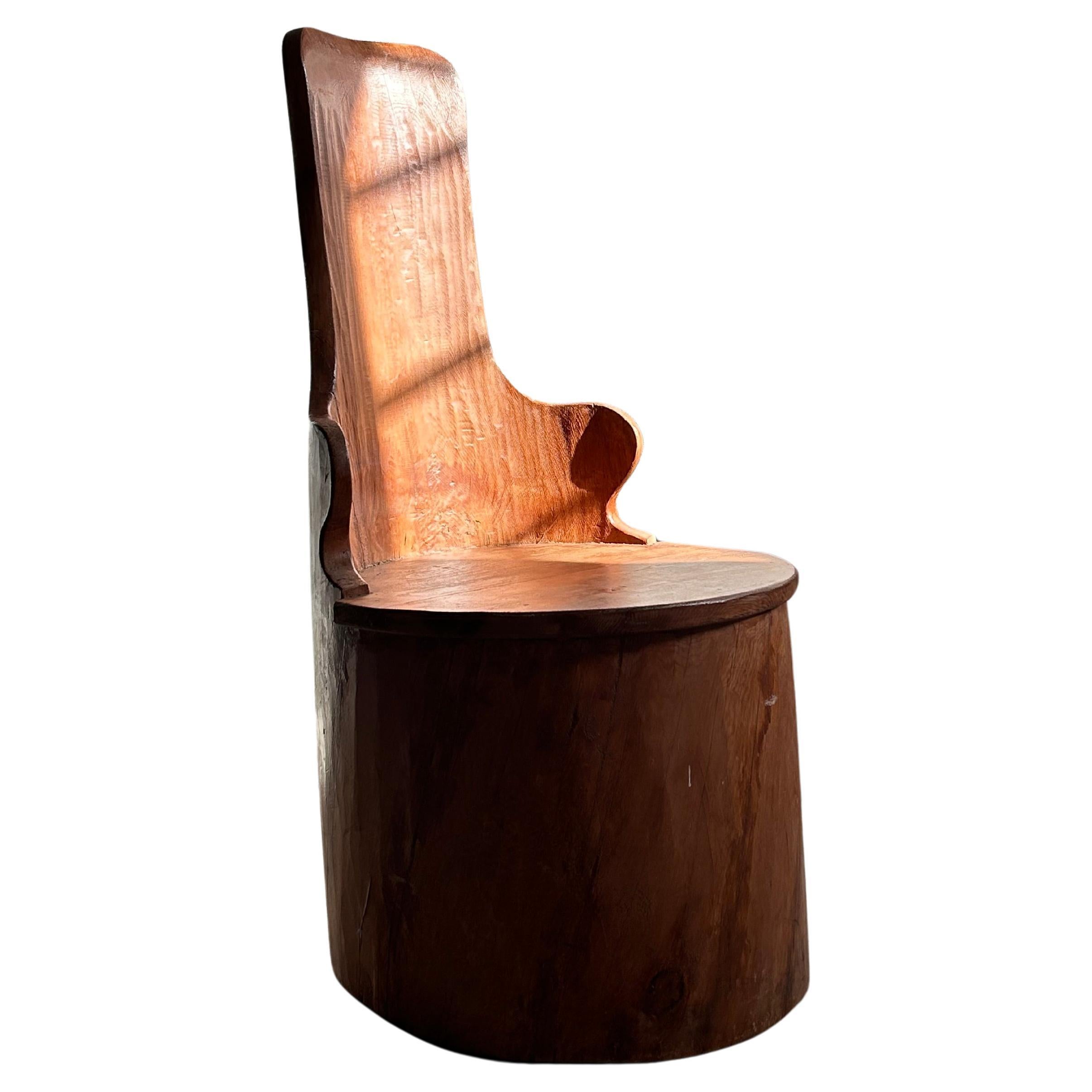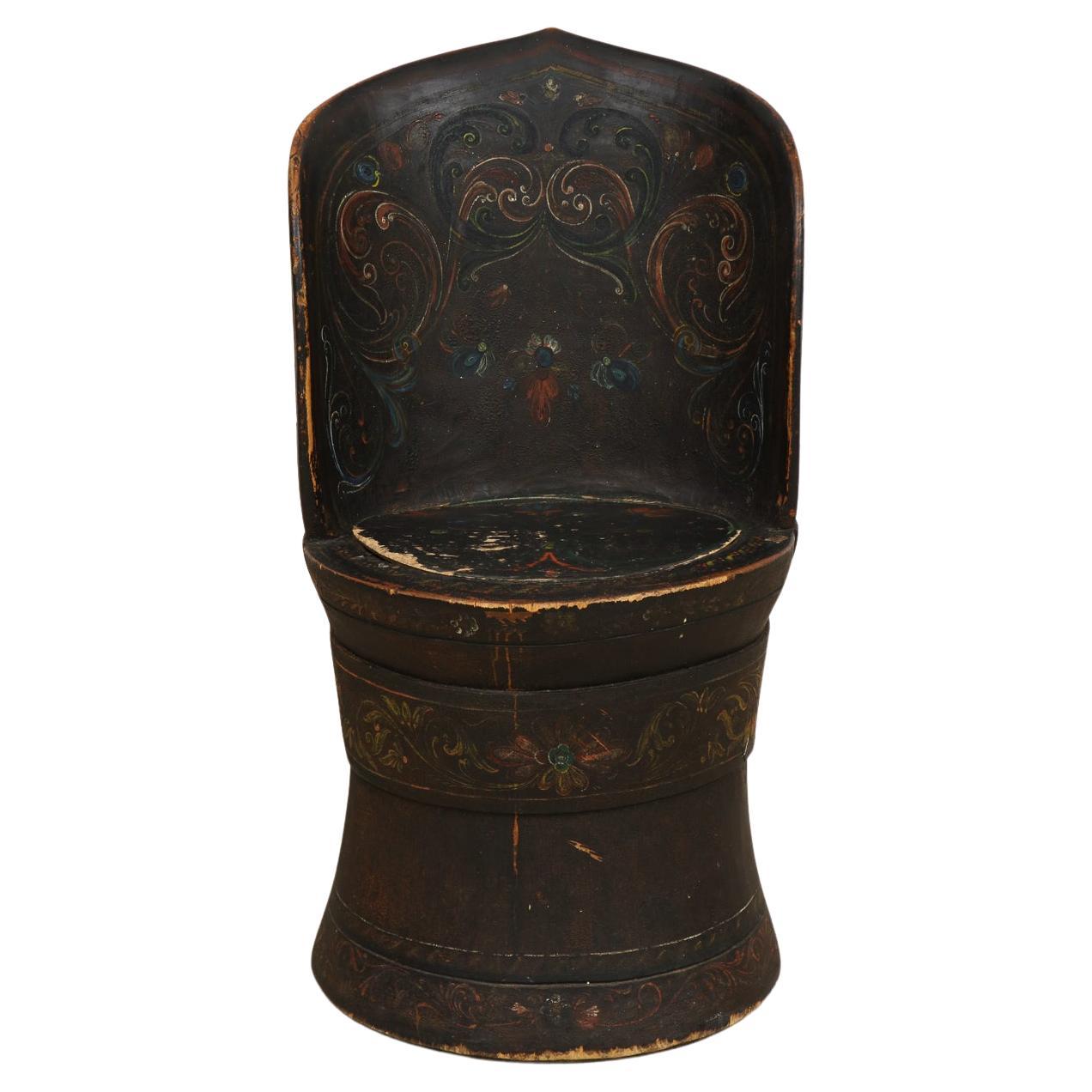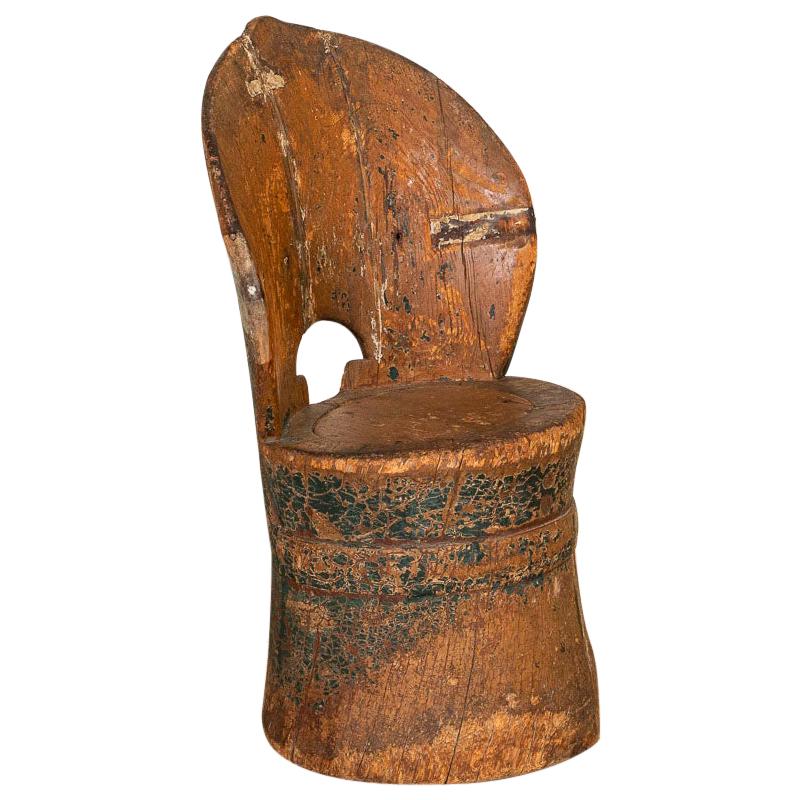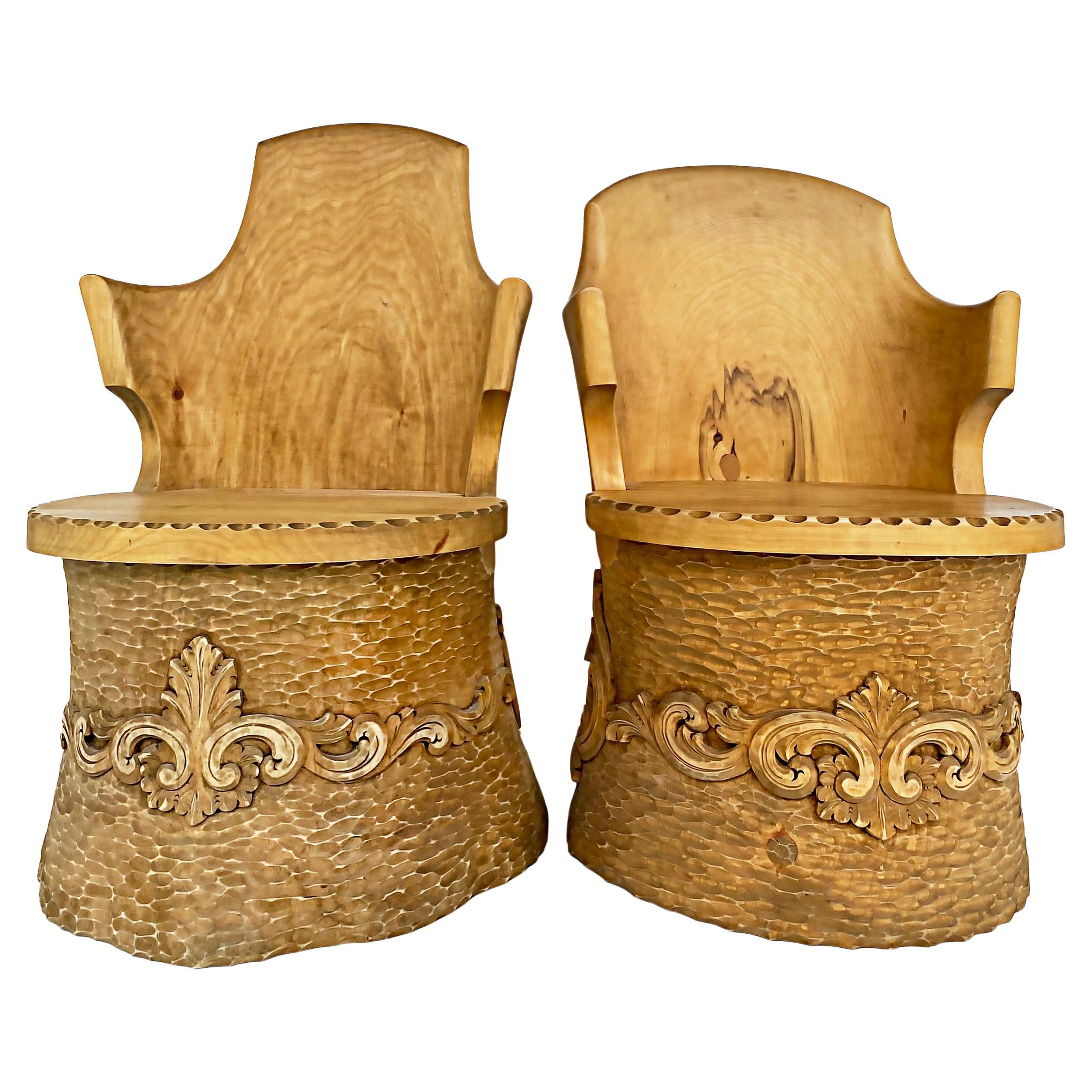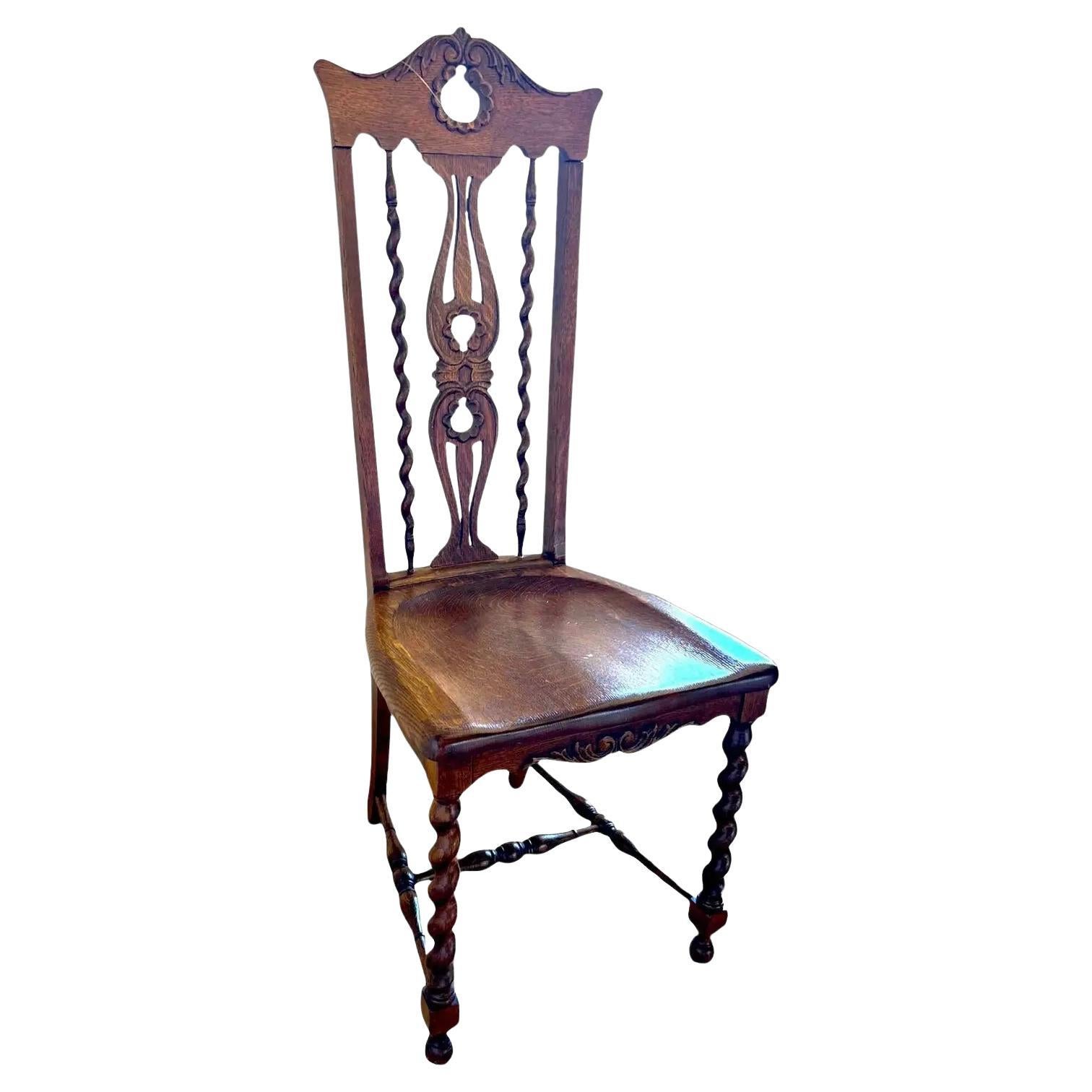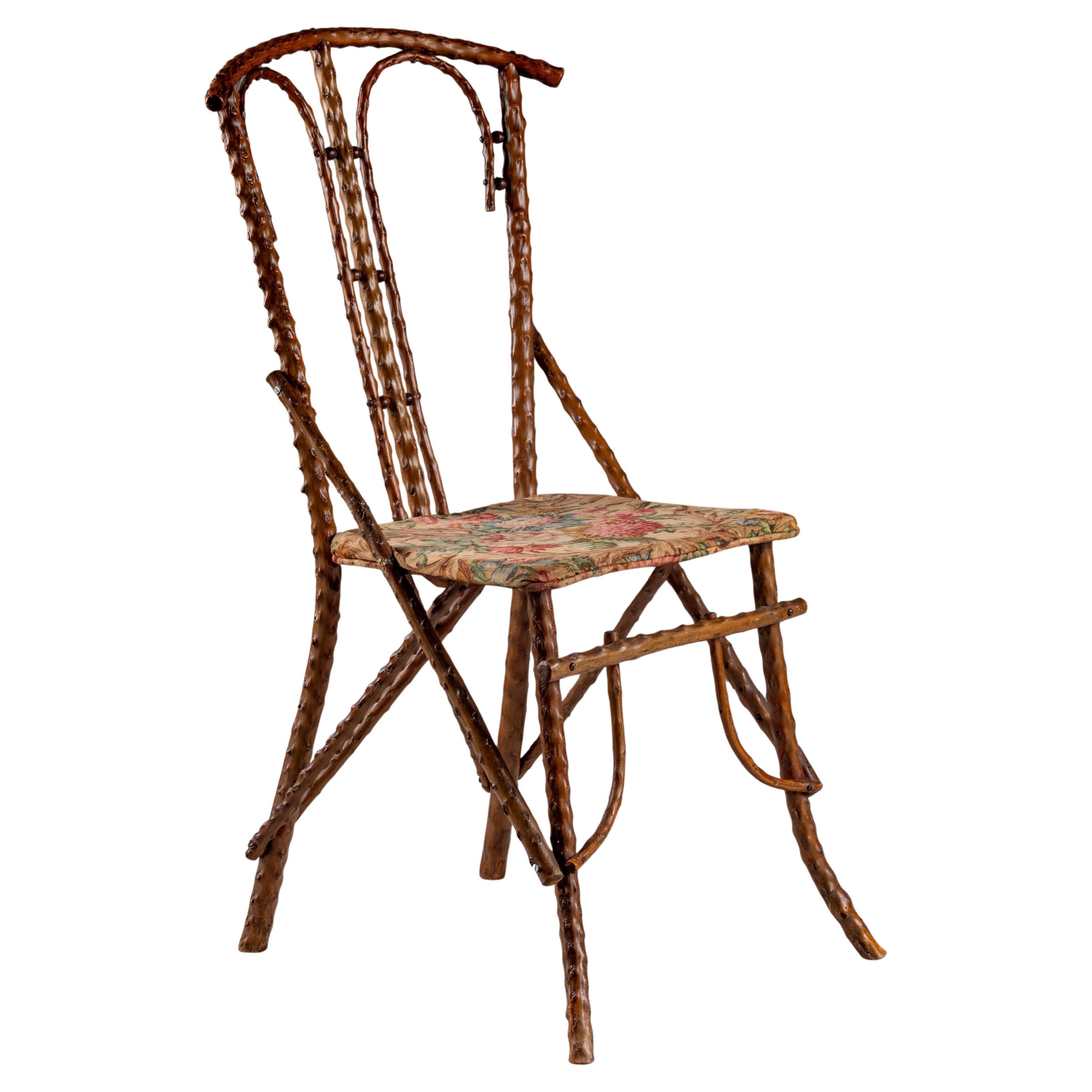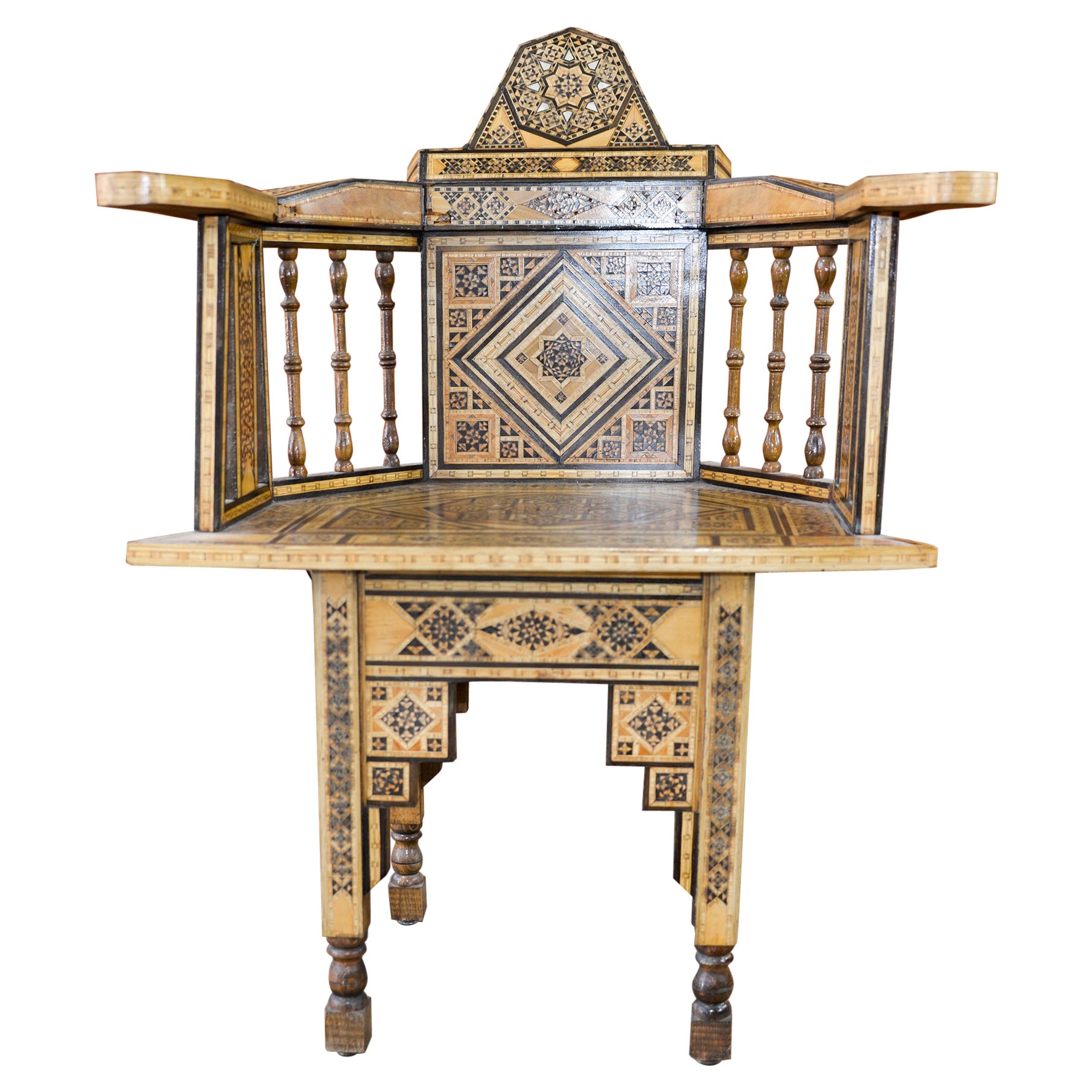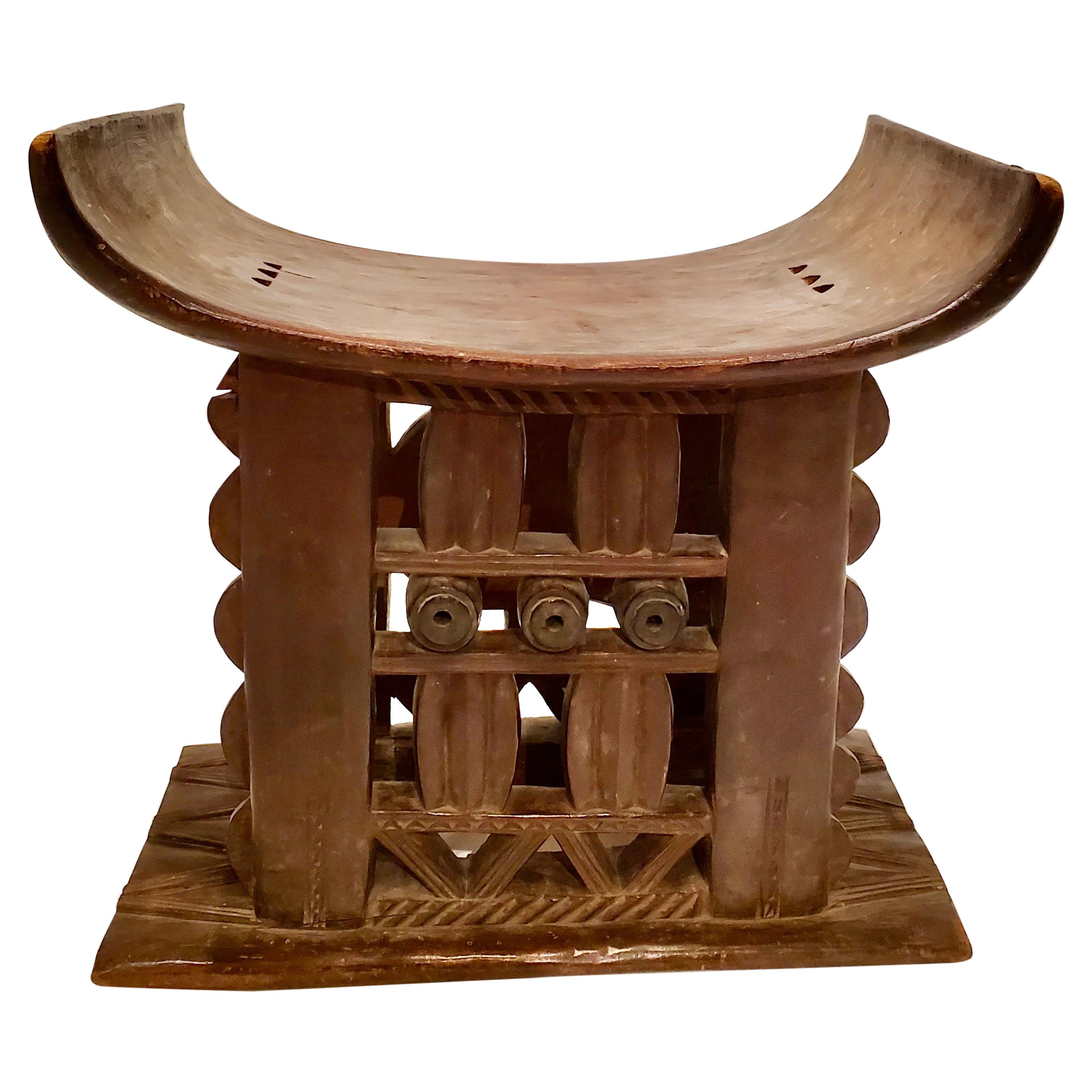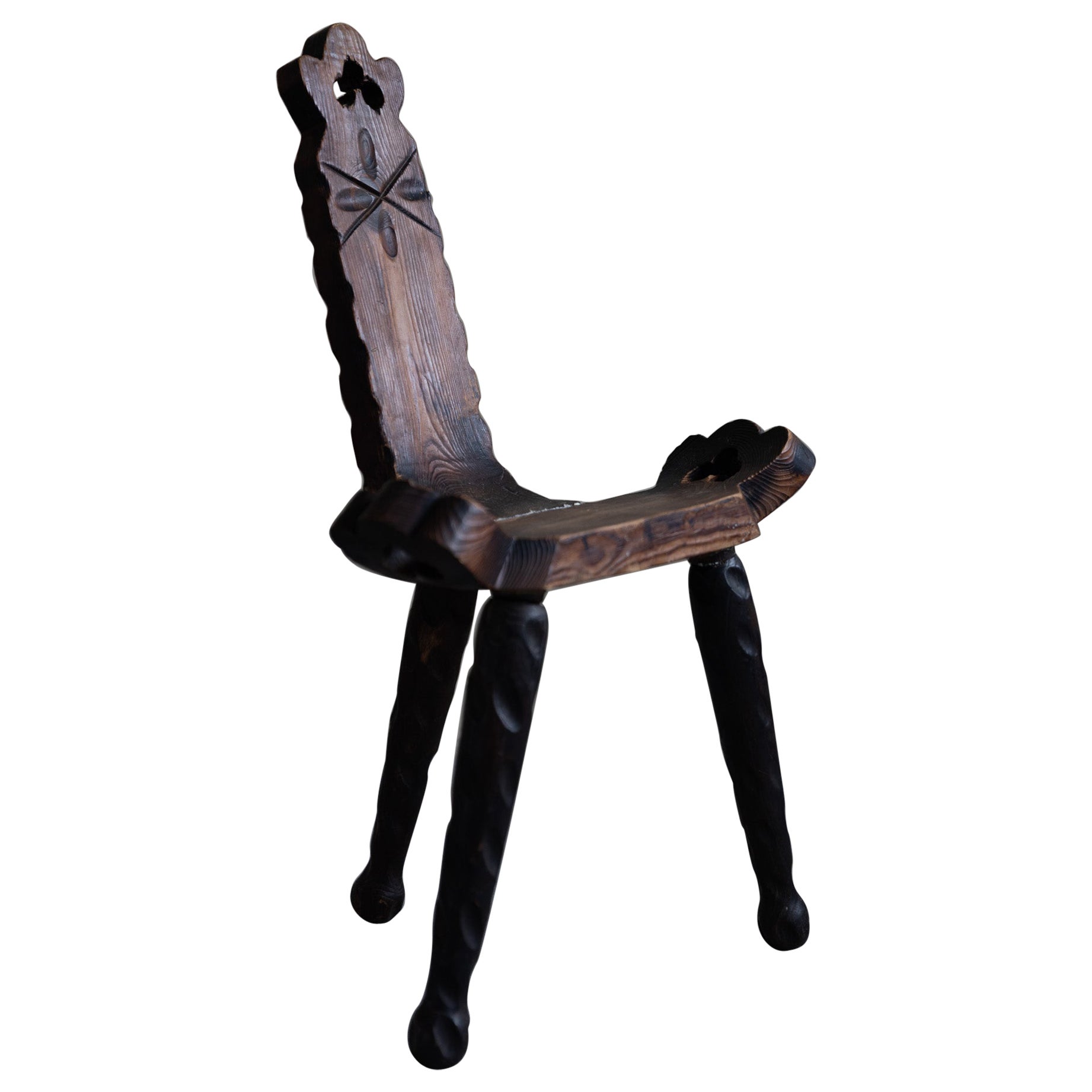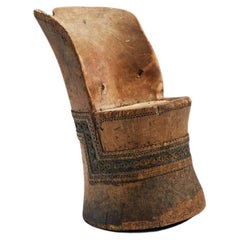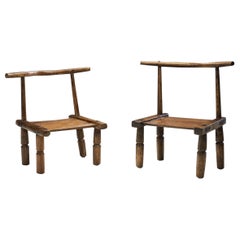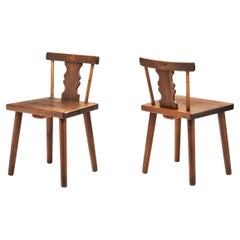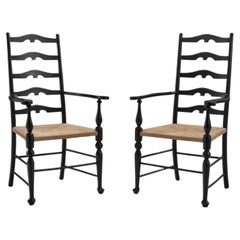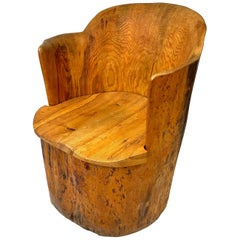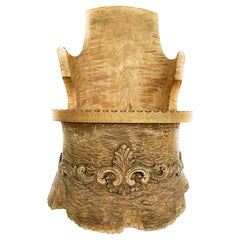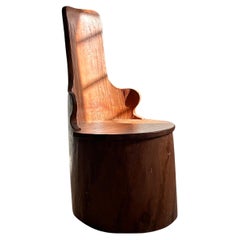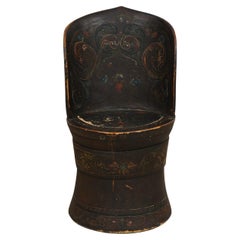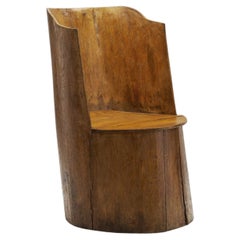
Traditional Norwegian Carved Kubbestol, Norway early 20th century
View Similar Items
Want more images or videos?
Request additional images or videos from the seller
1 of 16
Traditional Norwegian Carved Kubbestol, Norway early 20th century
$3,600List Price
About the Item
- Dimensions:Height: 37.8 in (96 cm)Width: 23.04 in (58.5 cm)Depth: 26.38 in (67 cm)Seat Height: 18.31 in (46.5 cm)
- Style:Scandinavian Modern (Of the Period)
- Materials and Techniques:
- Place of Origin:
- Period:
- Date of Manufacture:early 20th century
- Condition:Wear consistent with age and use. The chair has some cracks and marks.
- Seller Location:Utrecht, NL
- Reference Number:Seller: 202213251stDibs: LU2947335706552
About the Seller
5.0
Recognized Seller
These prestigious sellers are industry leaders and represent the highest echelon for item quality and design.
Platinum Seller
Premium sellers with a 4.7+ rating and 24-hour response times
1stDibs seller since 2017
520 sales on 1stDibs
Typical response time: 5 hours
Associations
20th Century Specialists
Authenticity Guarantee
In the unlikely event there’s an issue with an item’s authenticity, contact us within 1 year for a full refund. DetailsMoney-Back Guarantee
If your item is not as described, is damaged in transit, or does not arrive, contact us within 7 days for a full refund. Details24-Hour Cancellation
You have a 24-hour grace period in which to reconsider your purchase, with no questions asked.Vetted Professional Sellers
Our world-class sellers must adhere to strict standards for service and quality, maintaining the integrity of our listings.Price-Match Guarantee
If you find that a seller listed the same item for a lower price elsewhere, we’ll match it.Trusted Global Delivery
Our best-in-class carrier network provides specialized shipping options worldwide, including custom delivery.More From This Seller
View AllTraditional Carved Norwegian Kubbestol, Norway 1800s
Located in Utrecht, NL
This “kubbstol” or “kubbestol” is a traditional Scandinavian chair made from a log. The kubbestol was quite common in some districts of Norway from about 1750 to 1960, where it was usually made from logs with significant girth and three to four feet in length.
The tree trunk was hollowed out so that the base (from the seat down) would be cylindrical while the back of the chair continues upward from the seat in a curved shield that makes the chair both snug and comfortable. Most, but not all, kubbestols were decorated with carving, painting, or some combination of the two. This chair has beautiful folk patterns hand carved into it, with visible, raw craftsmanship. Carved and painted decorations would differ from district to district and styles changed over time. While the log is seemingly roughly shaped, this chair is surprisingly comfortable, as functionality has been historically important for Scandinavian furniture makers. The kubbestol was often placed next to the open-hearth fireplace or next to the bed, and it was reserved for the head of the household. Large, impressive farmhouses might have had several richly carved and painted kubbestols as a display of wealth and status.
These days the log chair has become a symbol of Scandinavian roots for many families with ties to Norway, Sweden, or Denmark. The kubbestol is a reminder of our rural heritage and a time when most things in and around the home were made by hand from materials found in nature. Essentially a chair hewn from a tree trunk, this chair is as closely associated with Norway as Peer Gynt...
Category
Antique 19th Century Norwegian Brutalist Chairs
Materials
Wood
Hand Carved African Baule Tribal Chairs, Ivory Coast, Early 20th century
Located in Utrecht, NL
The Baule Tribe from the Ivory Coast of West Africa is well-known for their artistic tribal art, sculptures, and furniture. With a rich cultural history, their creations are also full of history both visually and in their execution. This beautiful pair of chairs is the visual epitome of the tribe’s talents.
The thin, wooden yokes...
Category
Early 20th Century Ivorian Modern Chairs
Materials
Wood
Rustic Solid Pine Chairs with Carved Backs, Europe early 20th century
Located in Utrecht, NL
This one-of-a-kind pair stands as evidence to the enduring charm of handcrafted furniture. These chairs tell a story of craftsmanship, history, and the timeless appeal of rustic beau...
Category
Early 20th Century European Modern Chairs
Materials
Wood
Carver Ladderback Chairs with Leather Seats, Europe Early 20th Century
Located in Utrecht, NL
This beautiful early midcentury pair of carver chairs combines historic elements with an organic design. Using natural materials and traditional techniques, the resulting aesthetic i...
Category
Early 20th Century European Mid-Century Modern Side Chairs
Materials
Leather, Wood
Sculptural Patinated Oak Spinning Chair, Europe Ca Early 20th Century
Located in Utrecht, NL
The ‘spinning chair’, this historic type of seating has had numerous modern interpretations across Europe, however, most preserved the main functional characteristics: solid wood, enduring, high quality craftsmanship, a tall, straight back for good posture and freedom of movement.
The art of spinning yarn is thousands of years old, but the spinning wheel as we know it is estimated to have arrived in Europe around the middle of the 13th century and along with it came the three or four-legged spinning chair. The backs were often hand carved with various motifs or fantasy creatures making each one unique and individual. As this oak chair shows, the Modernist movement influenced the traditional design by removing most of the intricate decorative elements, and substituting them with a more streamlined structure. The carved high back and octagonal seat...
Category
Early 20th Century European Mid-Century Modern Chairs
Materials
Wood
Danish Cabinetmaker Papercord Chair, Denmark 20th Century
Located in Utrecht, NL
In mid-century Danish design, timeless elegance and craftsmanship dominated the era, combined with the use of organic materials such as wood and papercord. Crafted from the warm brow...
Category
Mid-20th Century Danish Mid-Century Modern Chairs
Materials
Papercord, Wood
You May Also Like
20th Century Kubbestol Pine Chair. Sweden.
By Hans J. Wegner
Located in Turners Falls, MA
20th Century Kubbestol Pine Chair. Sweden.
A Kubbestol is a traditional Scandinavian chair carved from a single section of a log, or kubbe, and has been in use since the Middle Ages...
Category
20th Century Swedish Scandinavian Modern Chairs
Materials
Pine
Scandinavian Hand-Carved Kubbestol Chair, Norway or Denmark
Located in Miami, FL
Scandinavian Hand-Carved Kubbestol Chair, Norway or Denmark
Offered for sale is an extremely well-designed and ornately carved late 20h century Kubb...
Category
Late 20th Century Norwegian Chairs
Materials
Wood
$1,250 Sale Price
73% Off
Sculptural Swedish Kubbestol, Early 20th Century Folk Art Chair in Solid Wood
Located in Valby, 84
Beautiful Swedish kubbestol likely originating from the Dalarna region of Sweden, known for its rich folk art traditions and distinctive woodcraft, carved from a single solid tree tr...
Category
Early 20th Century Swedish Folk Art Chairs
Materials
Pine
Rare Norwegian Kubbestol, circa 1850, Origin Telemark, Norway
Located in New York, NY
Rare Norweigen Kubbestol, circa 1850, origin: Telemark, Norway
Rosemaling and acanthus carvings in this extraordinary Kubbestol indicate it is most likely from Telemark, Norway, a region known for this exact carving and painting. A Kubbestol is a traditional Scandinavian chair carved from a single log...
Category
Antique 19th Century Norwegian Folk Art Chairs
Materials
Fir, Paint
Antique Norwegian Small Kubbestol, Child's Chair
Located in Round Top, TX
A kubbestol is a traditional Scandinavian chair made from a log. This one is unusual, as it is rare to find one scaled small for a child. Every knot, crack, and sign of wear adds to ...
Category
Antique Early 19th Century Norwegian Chairs
Materials
Wood
Norwegian Carved Kubbestol Chairs Hand-Carved Tree Trunks with Birds and Turkey
Located in Miami, FL
Norwegian Carved Kubbestol Chairs Hand-Carved Tree Trunks, Birds and Turkey
Offered for sale is a pair of Norwegian Kubbestol hand-carved chairs...
Category
Late 20th Century Norwegian Chairs
Materials
Wood
$2,500 Sale Price / set
67% Off
Recently Viewed
View AllMore Ways To Browse
Hollow Cube
18th Century Norwegian
Antique High Back Bed
Scandinavian Trunk
Hollow Log
Antique Swedish Fireplace
Block Island Chairs
Swedish Wood Trunk
Viking Bronze
Antique Birthing Chair
Norwegian Carved Chair
Viking Chair
Danish Modern Wood Viking
Swedish Wood Fireplace
Viking Pendant
Kubbestol Chair
Swedish Log Chair
Viking Shield
